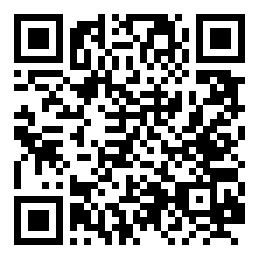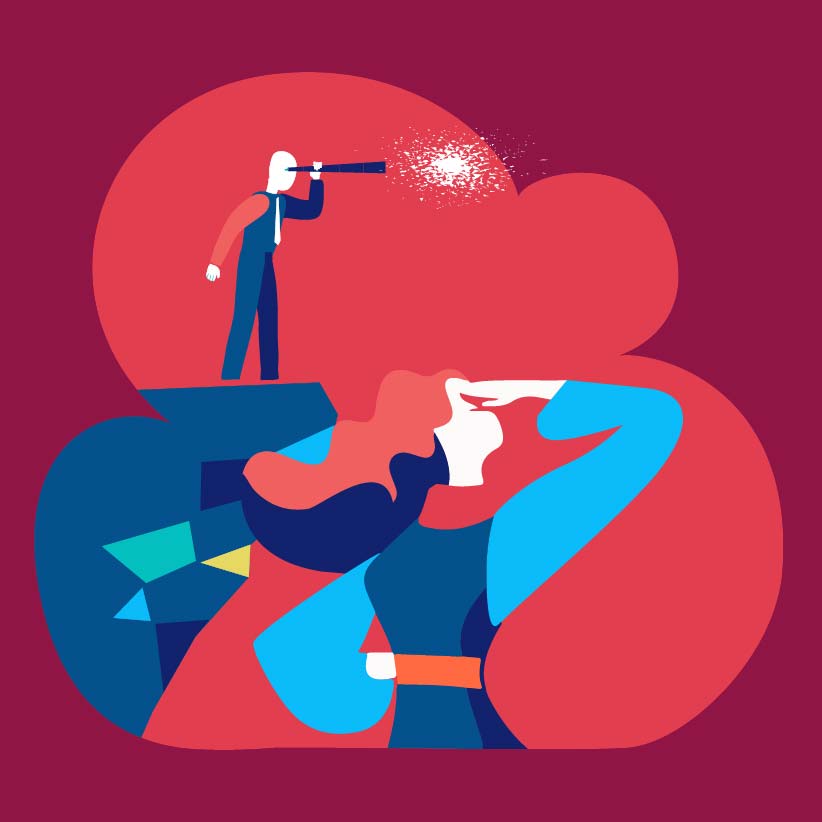Design and Everyday's Life
Designers can make a real contribution to everyday's life quality projecting low-tech objects where the shape itself allows function.
Editor's Selection
Quotidian is all that, everyday, in a recurring manner happens to us. Thus, when we speak of everyday's life we simply refer to life itself. There are, indeed, few occasions in which what we live isn't part of that “everydayness.” In this continuous reasoning of actions that conform life, we hustle, we see, we touch, we use, a whole repertoire of human-made things, engineered to make everyday's life more bearable. If, according to Max Frisch, “only a miracle allows to sustain everyday's life;” those useful things that furnish our lives are and have been, since early times, that necessary “miracle”. A miracle, possible through the ability of the human condition to create the things it needs and nature doesn't provide. Thus, we exist because of those many things aiding us every moment, in every action we perform.
Throughout the centuries, as our knowledge advanced, those things, at first crude essential tools, have become more some sophisticated to provide a greater aid. New techniques and materials have allowed machines and devices that replace us more and more. Not only in the most basic, mechanical tasks, but also in those of more intellectual complexity. Today we talk about the artificial intelligence those material engineerings are acquiring. In the dawn of the 21st century, few are the tasks that go unperformed without the essential help of some artificiality. From the basic shoehorn to the most novel surgical robot, every gesture we do needs for its perfect execution of some of these artifacts we've developed. Whether it is a simple object or a hyper-technified device. With their useful features, these creations have freed us from many tasks, contributing to a better service and greater quality of life.
That said, we'd be at the dawn of a huxleyan “happy world.” But that is not the case. Our conflicts not only exist in human relationships, these are also carried by many of those artificial things. Their servility often hides perversity.
“Artifacts that man has created to set himself free, end up slaving him. If on one hand they help him, on the other they constrain him. [...] These machines and appliances that aid us, are becoming increasingly essential, precisely as they replace us effectively. They are so bound to our own everyday's life that they have become (an important) part of it. There is such sympathy among those things and us that, when something in our familiar object environment malfunctions, we resent it as if we were sick ourselves. It is like if our vegetative system were effectively connected to this external equipment: we somaticize their problems. Things are some sort of orthopedics for us and we relate to them just as if they were authentic prosthetics.”1
But also, one of the features of these technified machines, is their ephemeral life. The accelerated rhythm of technological achievements helplessly offset everything we use in matter of months. The service a device facilitates us is always pending of a new one to outcome it. Every single one of them is born with an announced death. And this we know! If, on one hand, this constant perfection is convenient to us, it's also uncomfortable. We need a less mutating, more stable environment. The changes implied by new technologies in our lifestyle force us to a continuous relearning of everyday's life gestures and install an odd uneasiness, bordering insecurity. Novelties, even those that we perceive more essential, trouble us. Can we keep up understanding and properly using what these innovations have to offer? Every progress stimulates underhand that tension. Any new machine is an artificial entity that, as an intruder, we introduce in our everyday lives, and we eventually coexist satisfactorily. In order to prevent technology from alienating us instead of helping us, a good dose of common sense and caution is required.
What design can contribute to these hyper-technical engineering is marginal. Features possessed by these are facilitated by sophisticated hidden mechanisms behind their chassis, often orthogonal. Design has no access to these entrails. Its role is bound to take care of the tactile-visual relationship man has as an user of that wonder-making machine. In a appliance, for instance, whether it is a microwave heater, or a laundry machine, design can improve clarity while handling some commands or perfect its shape, but so little else. The operational concept itself is decided by those who know and control what technical advances can supply in each case.
Nonetheless, where design is a great creator is in low-tech objects, those where shape itself performs a function. Chattels, tools, furniture, are the things that design will be able to find ways to improve. Things that, despite their diminished structural complexity, are not secondary objects. On the contrary, they're quite present in our lives. Even in this 21st century, we still need lots of simple objects that hardly depend on new technologies and instead need to adapt to the changing needs in people's lifestyles. Some forks or a chair must continue to adapt to the evolution of the way we live. New families demand a review and adaptation of all basic instruments so it matches the new spaces and lifestyles. For example, chairs maybe must be foldable or stackable to place them freeing space when unused. Hanging forks for easier access and not in a drawer. And so, endless changes, apparently small, but improvers of their everyday usefulness. This is the privileged territory where design can expand broadly and make its best contributions.
In these basic, essential things, life needs everyday. Simple objects that, humbler yet intimate, we handle and dominate, we know well with that intimacy given by the handling of use. Objects unsubmitted to technological imperatives. Objects that, when they change, do not alter the essence of our life style, for they only change for adaptation. Things that do not trouble us, for they always retain a pinch of familiarity. Things in which we will always be able to trust, even when all power and communication grids society twisted in our environment to “serve us better” fail. These will continue to be the last bastion of freedom and active autonomy, some sort of praetorian guard, which will keep normality safe in our everyday lives.2
Professional Excellence
If you are looking for content with this level of rigor, you will be interested in our academic offer. Courses designed to meet the real demands of the profession.
View Academic OfferShare
Please value the editorial work by using these links instead of reproducing this content on another site.

- André Ricard, «La aventura creativa», Ed. Ariel, 2000.
- Ibid.
Topics covered in this article
What do you think?
Your perspective is valuable. Share your opinion with the community in the discussion.
Comment now!



